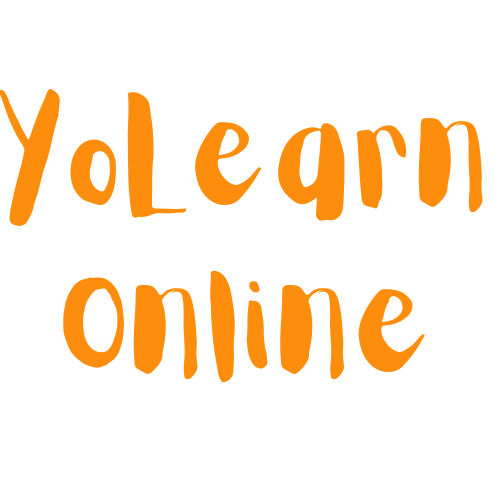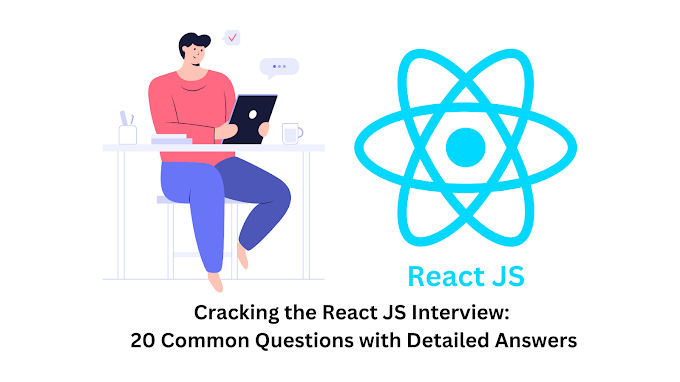Introduction
This comprehensive guide will delve into the intricacies of on-page SEO, providing you with actionable strategies and best practices to maximize your website's potential. From understanding the fundamentals to implementing advanced techniques, we'll cover everything you need to know to master on-page optimization.
Section 1: What is On-Page SEO?
On-page SEO, also known as on-site SEO, encompasses the process of optimizing specific elements within your web pages to improve their rankings on search engine results pages (SERPs). It involves enhancing content, meta tags, titles, internal links, and more. On-page SEO focuses on aligning your web pages with user search intent and providing a seamless user experience.
- Importance of On-Page SEO
On-page SEO is critical because it enables search engines like Google to determine the relevance and usefulness of your web pages for specific search queries. By optimizing on-page elements, you increase the chances of your website appearing higher in search results, driving more targeted organic traffic.
Section 2: Key On-Page Optimization Techniques
To optimize your web pages effectively, it's essential to understand and implement key on-page optimization techniques. Let's explore some of these techniques:
- 2.1. Conduct Keyword Research
Before you start optimizing your content, perform thorough keyword research to identify relevant topics and target keywords. Tools like Semrush's Keyword Magic can help you discover high search volume, low competition keywords to target.
- 2.2. Create Unique, Optimized Content
Craft high-quality, unique content that aligns with user search intent. Incorporate keywords naturally throughout your content, avoiding keyword stuffing. Ensure that your content fully answers the query and provides value to users.
- 2.3. Utilize Heading Tags (H1-H6)
Use heading tags strategically to structure your content and improve readability. Optimize your H1 tag for the page title and use H2-H6 tags for subheadings, addressing relevant subtopics within your content.
- 2.4. Optimize Title Tags
Write compelling title tags that accurately describe the content of your web pages. Keep them concise, under 70 characters, to avoid truncation. Include your target keyword and make them unique for each page.
- 2.5. Write Engaging Meta Descriptions
Craft persuasive meta descriptions that entice users to click through to your web pages. Keep them under 160 characters, expand on the title tag, and match search intent. Include your target keyword and use an active voice to address searchers directly.
- 2.6. Optimize URLs
Create SEO-friendly URLs that provide a clear indication of your page's content. Use relevant words, preferably your target keyword, in your URLs. Avoid using random numbers or lengthy sentences.
- 2.7. Optimize Images
Optimize your images by using descriptive filenames that accurately depict the image's subject matter. Incorporate relevant keywords naturally. Utilize alt text to provide a textual description of the image, enhancing accessibility for users and search engines. Compress your images to improve page load times.
- 2.8. Implement Internal and External Links
Include internal links within your content to guide users to related pages on your website. This helps search engines understand your site's structure and the relevance of linked pages. Additionally, incorporate authoritative external links to provide value to your users and enhance your website's credibility.
- 2.9. Showcase Expertise and Trustworthiness
Demonstrate your expertise and trustworthiness through well-researched and accurate content. Provide clear sources of information, background information about the author, and ensure your content is free from factual errors.
- 2.10. Optimize for Featured Snippets
Target featured snippet opportunities by creating concise, informative answers to common user queries. Identify keywords where you rank in the top 10 search results but don't own the featured snippet. Tailor your content to provide a direct and comprehensive response to increase your chances of appearing in the featured snippet.
- 2.11. Get Rich Snippets with Structured Data
Implement structured data markup on your web pages to enhance their appearance in search results. Structured data helps search engines understand the content and context of your pages, potentially leading to rich snippets that provide users with additional information at a glance.
Conclusion
Mastering on-page SEO is crucial for achieving higher search engine rankings and driving targeted organic traffic to your website. By implementing the techniques outlined in this comprehensive guide, you can optimize various on-page elements, enhance user experience, and align your content with user search intent. Stay up to date with industry trends and continue refining your on-page optimization strategies to maintain a competitive edge in the ever-evolving landscape of SEO.
Remember, on-page SEO is a continuous process that requires regular monitoring, auditing, and updates to ensure your web pages remain relevant, informative, and optimized for search engines and users.












0 Comments